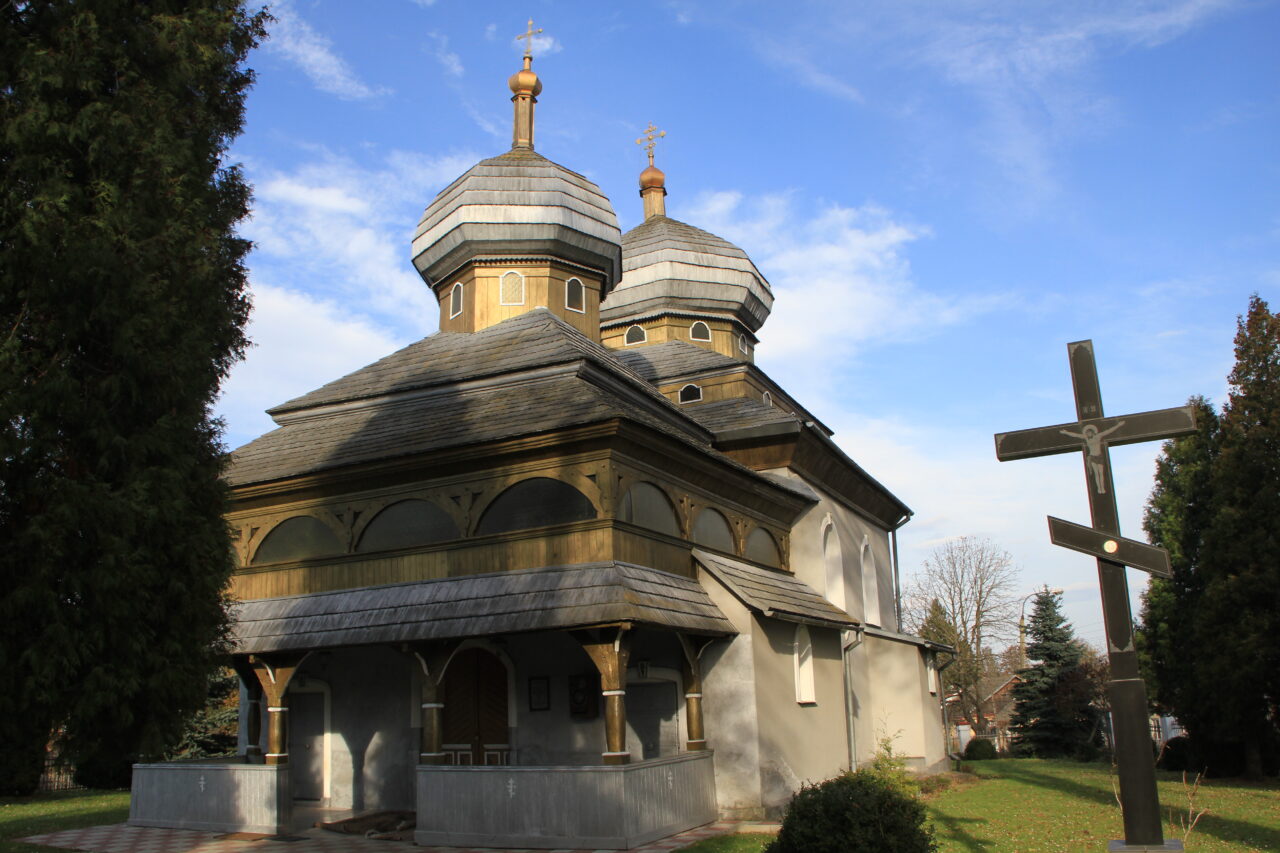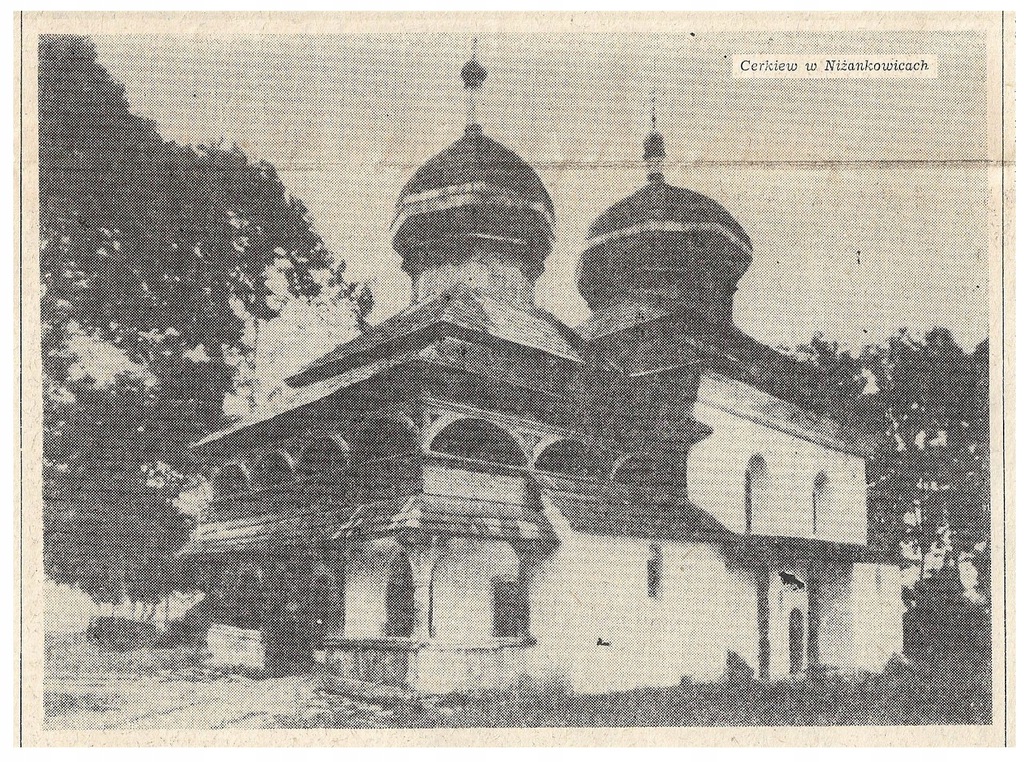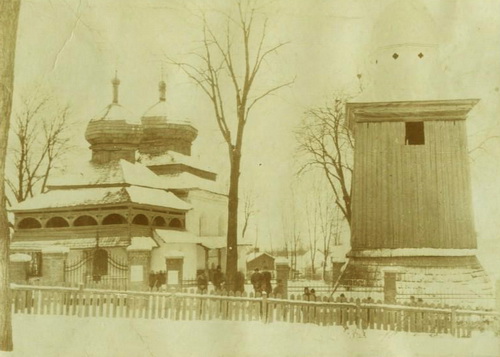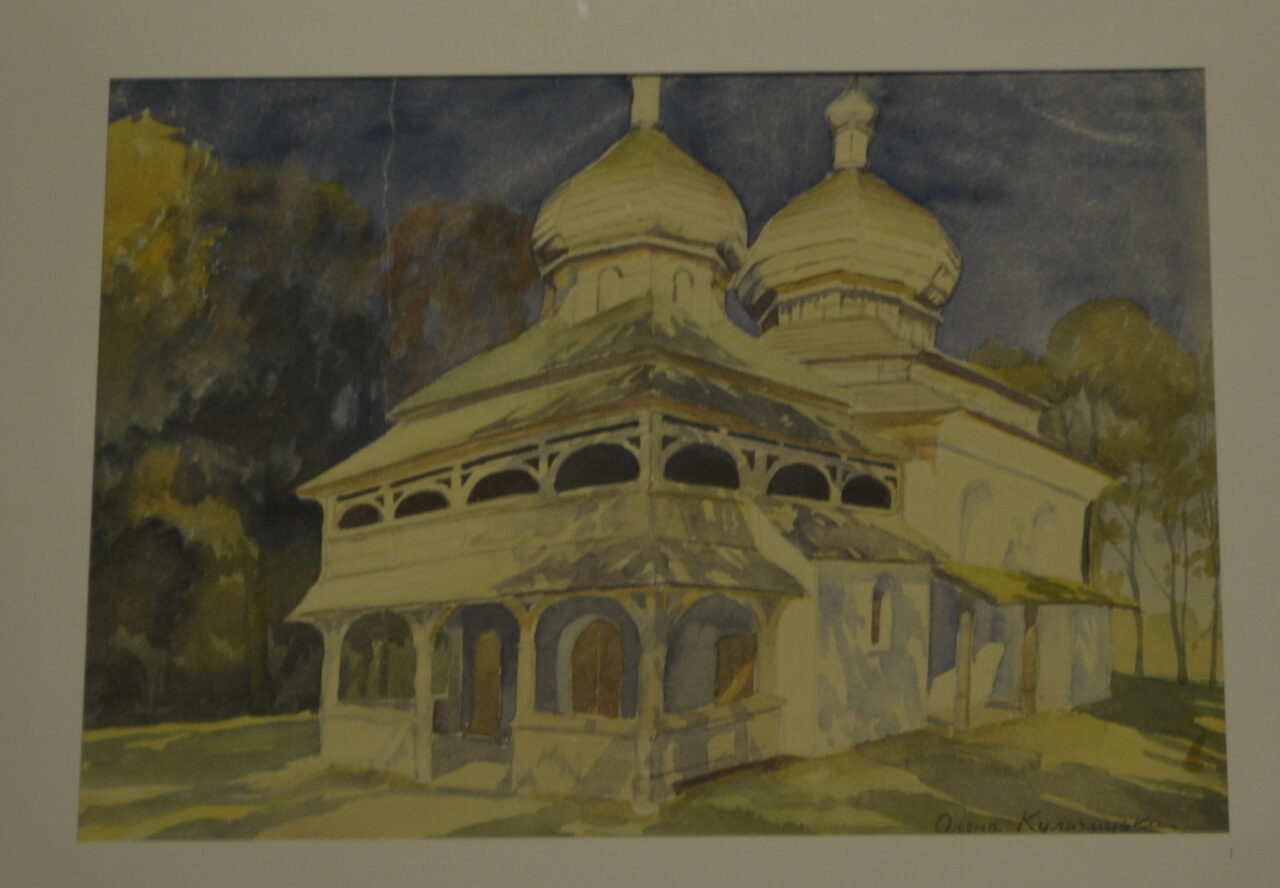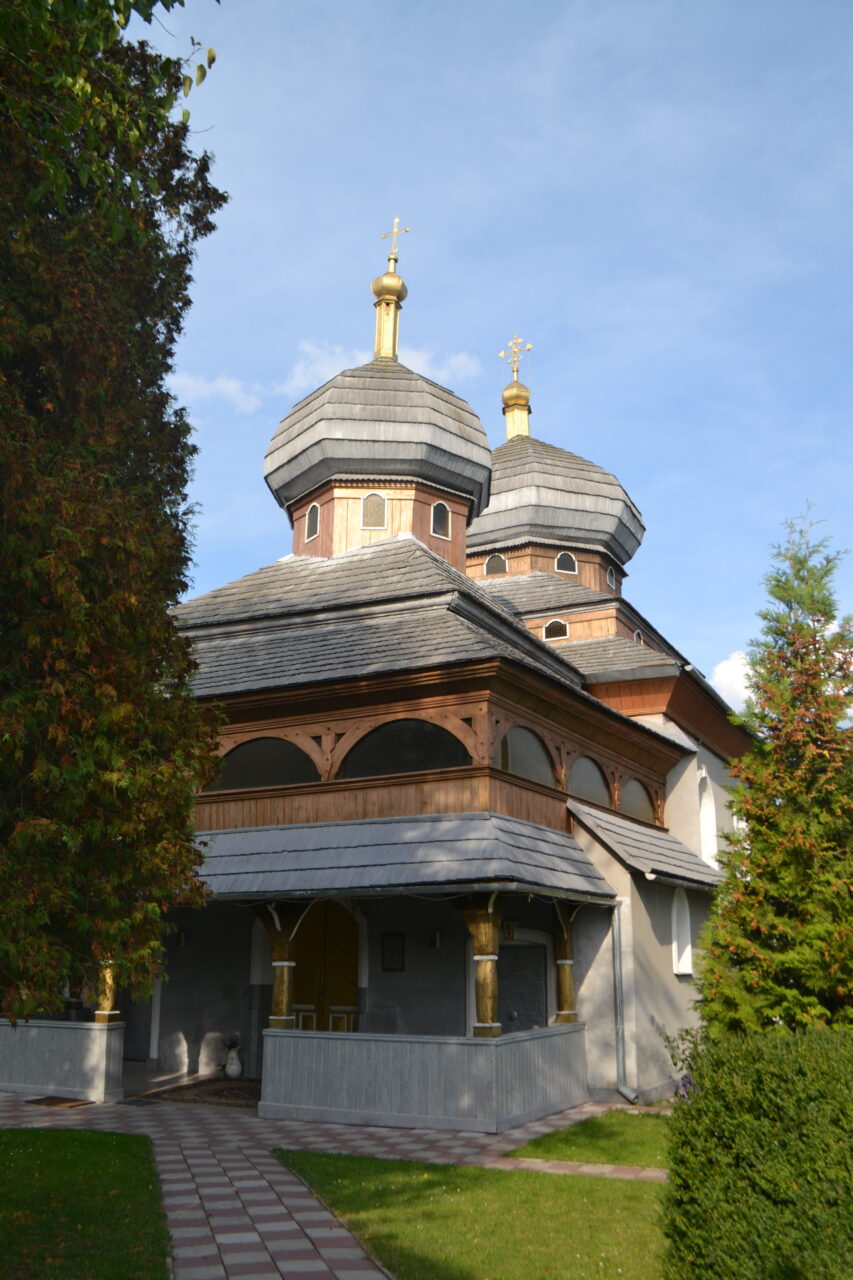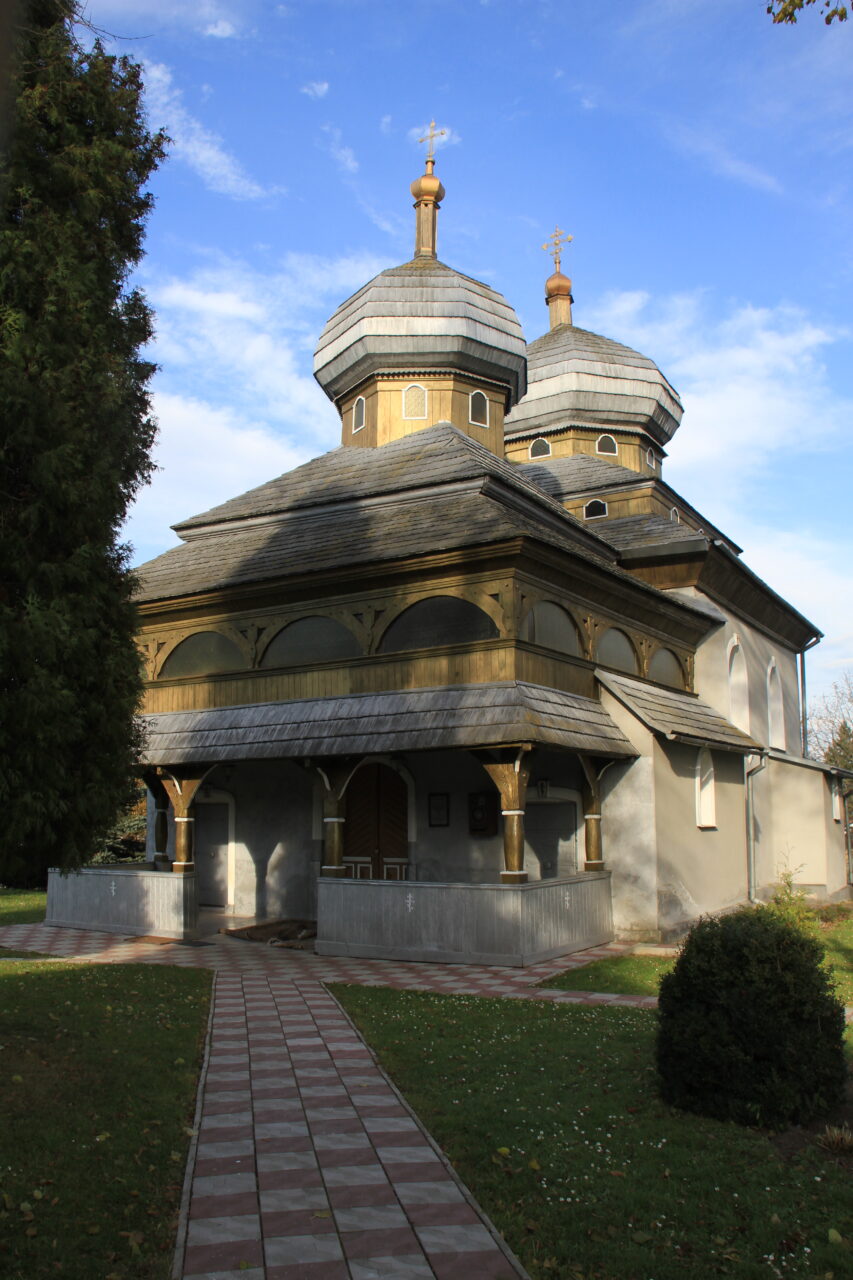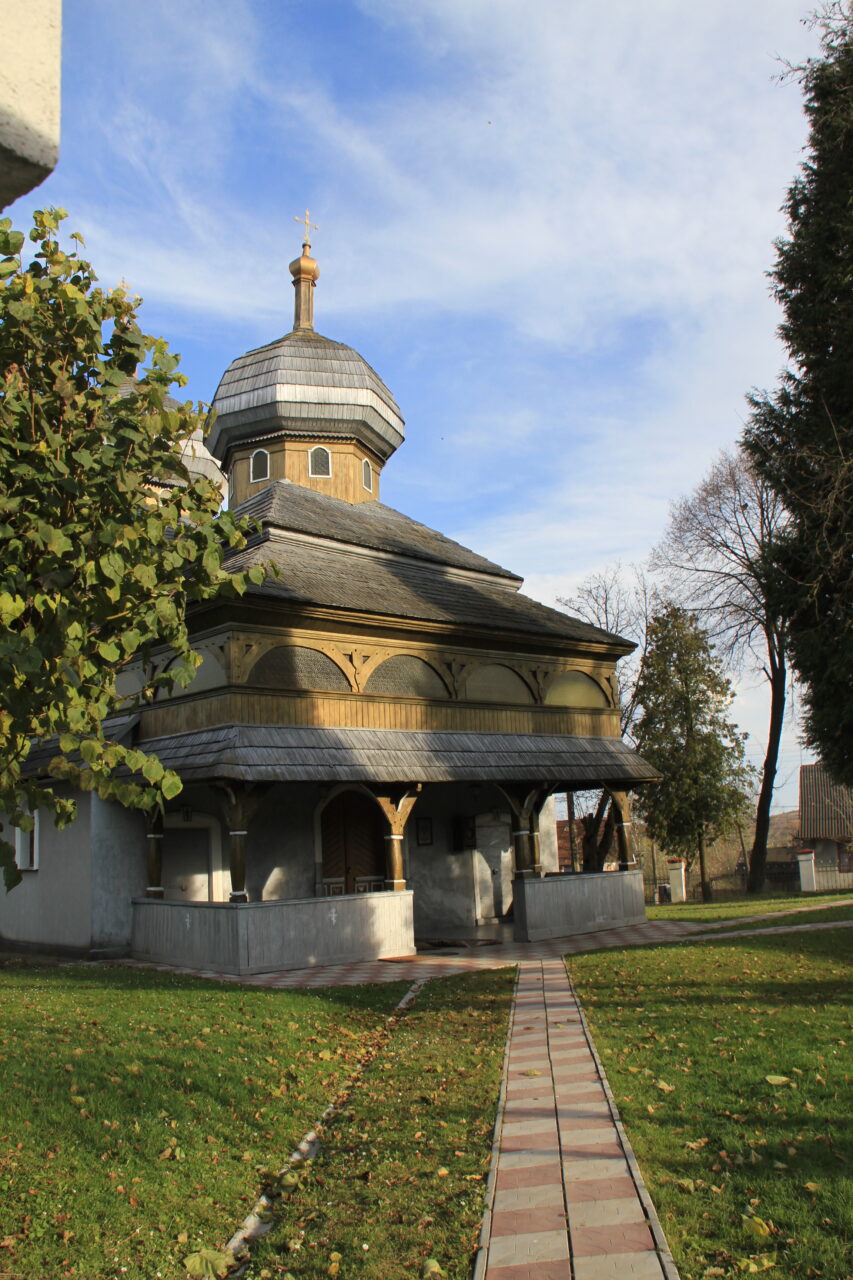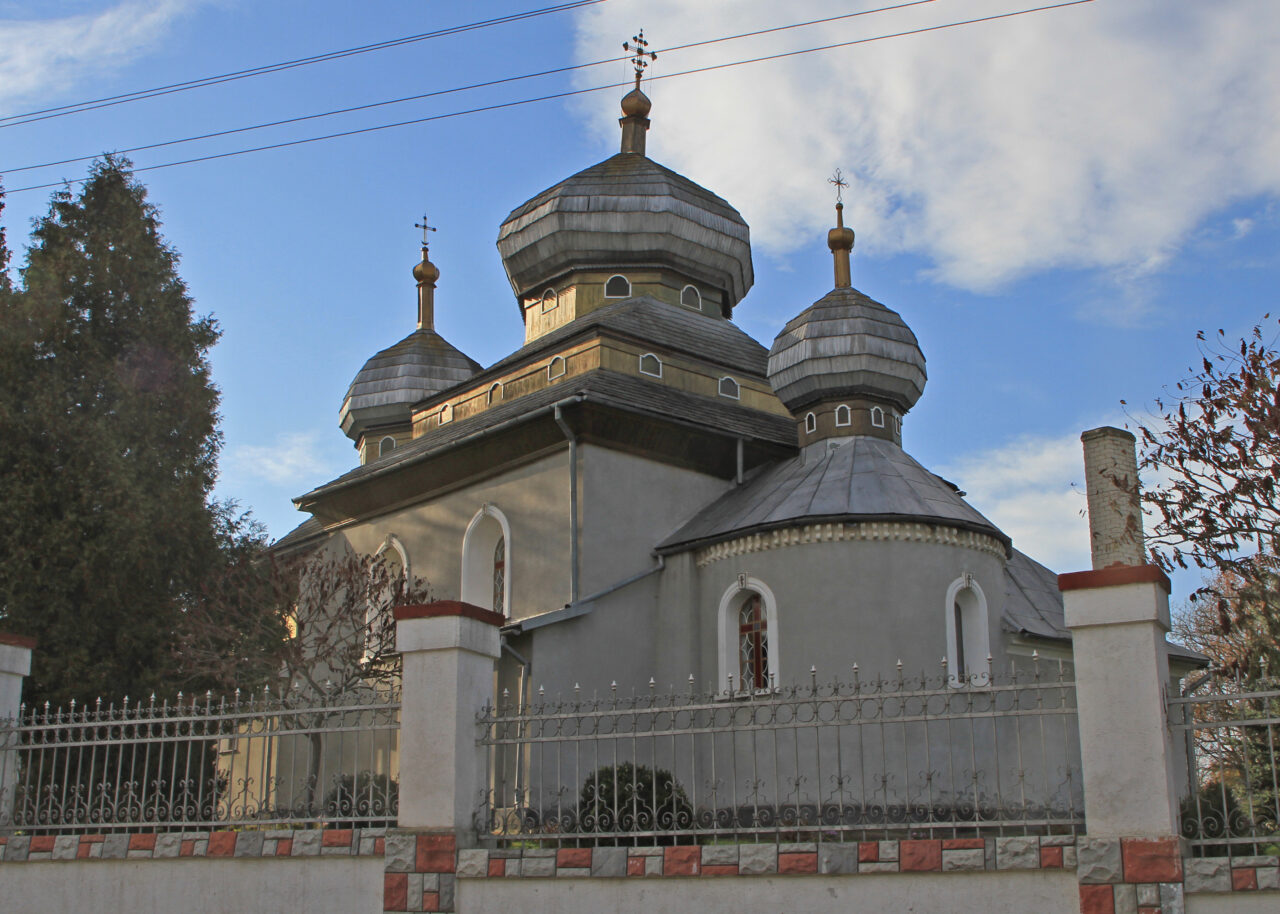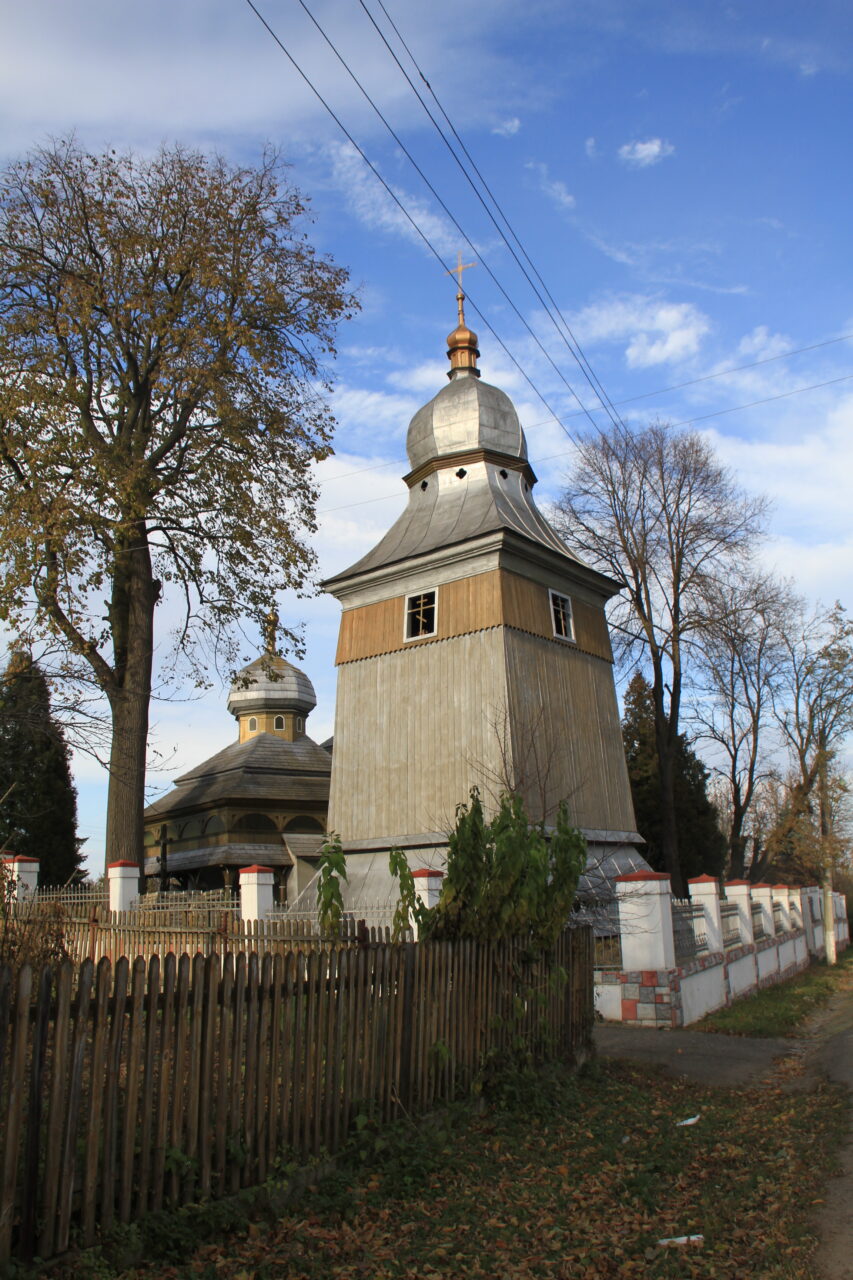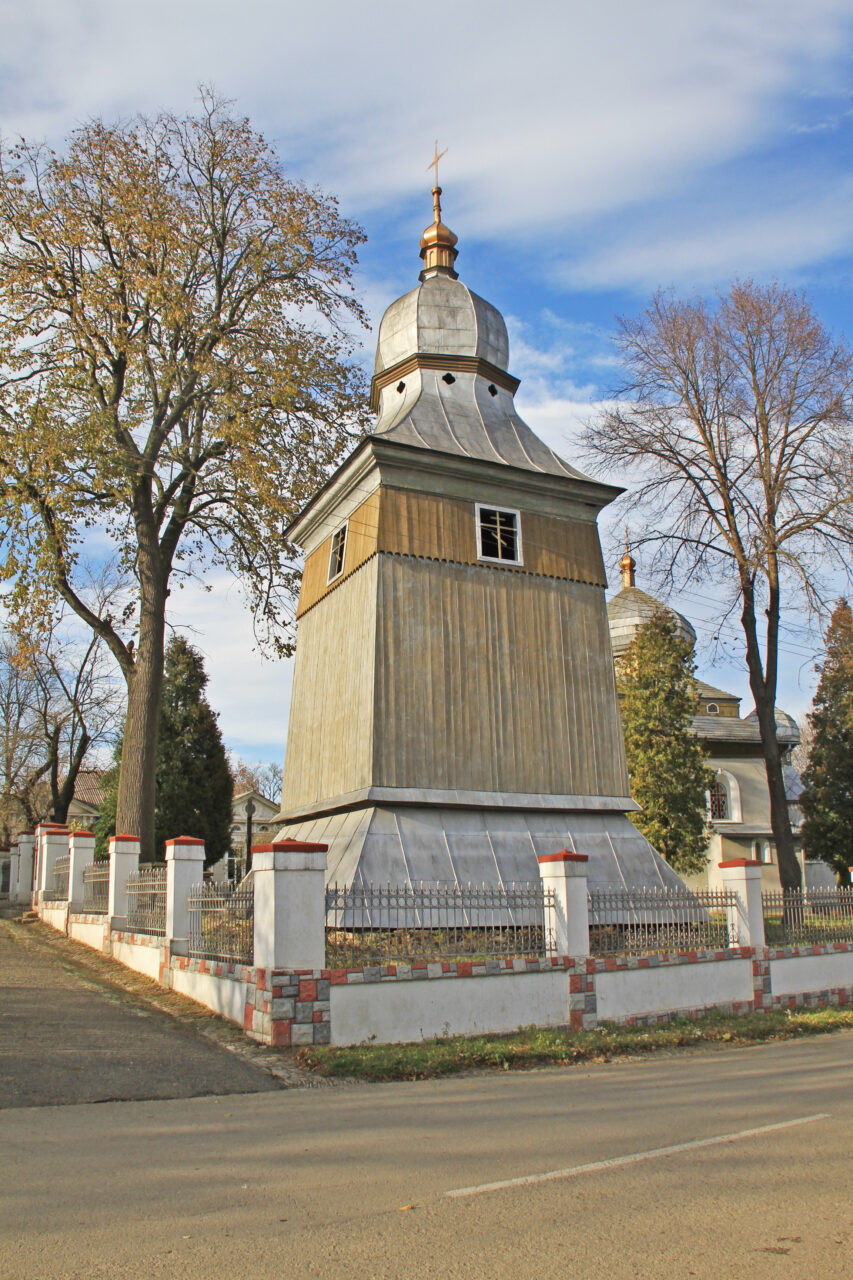The town of Nyzhankovychi is located at the edge of the Lviv region – it’s immediately adjacent to the state border with Poland. Besides, Nyzhankovychi sits on a kind of “island”: there’s the border to one side, and to the other, it’s separated from the rest of Ukraine by the Wiar River, which is arched in the east of the settlement. Now, a new border crossing point Nyzhankovychi-Malhowice is being built here and, of course, the flow of tourists will increase several times. But if you are interested in an active and informative holiday within the Lviv region, the Staryi Sambir district can offer many interesting natural wonders and countless historical sites and temples. Among them are the Sokoliv (Spassky) stone and the source of the Dniester River, mineral waters and ski lifts in the village of Rozluch, the Lavriv Monastery and the remains of the ancient settlement on Mount Kniazha Hora (Mons Calvus) and many others. The list of places worth seeing in the western part of the region also includes the Holy Trinity Church in Nyzhankovychi, which stands out due to the originality of its architecture and sophistication of individual details.
The first mentioning that there was a temple here dates back to 1473, but what it looked like remains unknown. The settlement repeatedly suffered from enemy depredations; for example, there’s evidence that it caught fire eight times in the 17th century. It’s obvious, thus, that the church, too, was repeatedly damaged leading to its reconstruction, but nothing is really known about it now. This is also evidenced by the church’s walls, which are about one meter thick; that is, the church has acquired the features of a defensive structure, and it was these walls that the locals turned to when seeking refuge. In the more peaceful years that followed, the church changed, too, but its main structural elements remained untouched. The surviving documents tell us about the renovation of the temple at the end of the 19th century, when a new iconostasis by Yan Bohdanskyi was installed, while the most recent reconstructions were carried out in the 1990s.
The church is built in the Boikos tradition – three-nave and three-domed, but its peculiarity is that there’s a special Galician component of architecture here. Very few churches of this kind have survived till our time, where the bottom of the church is made of stone and the top is made of wood. The altar area of the church has a semicircular shape, while the nave and the gynecium are square. The most interesting part is the gynecium, which was significantly rebuilt in 1983 when a new extension was built in this part of the church. The ambulatory supported by columns is designed in the tradition of Galician architecture, and so is the arcade-gallery. The wooden elements of the temple are decorated with exquisite carvings. The central part of the temple is covered with a unique brick barrel vault. The units of the gynecium, nave and altar are complemented by domes made of two levels. Here, too, one could see the Galician influence upon the architectural interpretation of the domes: they’re massive and rest on low octagonal “drums.” From afar, it seems like the domes are covered with wood shingles, but it’s actually a metal roof stylized as shingles by specialists. In 1996, Vasyl Tsapiak retouched the church’s murals. The church ensemble is nicely complemented by the bell tower. It’s two-tier and square in shape, has a tent-like roof, an octagonal drum and a dome at the top. It’s the windows at the top of the bell tower that indicate that during the enemy attacks it also served as a watchtower for the local people. The church and the bell tower are considered the best examples of the 16th-century Galician architecture and are listed as architectural Monuments of National Importance.
The church sits on a hill creating the impression that it’s the hill’s very continuation, appearing to grow out of the ground and fascinating those who see it for the first time. Beside the Holy Trinity Church, you can check out several other places, which are the proof of the town’s respectable age. In the central market square, one of Ukraine’s most extraordinary town halls is located -a one-story, almost square building with minimal decor around its windows. However, as all town halls, it has a spire, which is crowned by the coat of arms of the town – a deer. The Town Hall was built in 1759 and is symbolic of the fact that Nyzhankovychi once had the status of a city. Unfortunately though, it was ruthlessly mutilated and distorted by “renovation” a few years ago. The construction of a railway connecting Lviv and Budapest in 1872 played a special role in the development of the settlement. It was at that very time that the railway station was built too, it’s been amazingly preserved in its original form, so you can see the authentic windows, stairs and tiles from the Austrian period here. In 2008, a new Greek Catholic Church of the Holy Martyr St. Josaphat, which is distinguished by exquisiteness and frames the downtown nicely, was erected next to the Town Hall. In addition to the town’s Holy Trinity Church, a Roman Catholic Church, built around the 15th -16th centuries and declared the Sanctuary of the Mother of God in 2007, has resumed operations.
This is also the shortest route from Poland to the Ukrainian Carpathians, and activists have already started holding European Neighbourship Days in Nyzhankovychi, promoting this area’s tourism future especially because its climatic conditions in both summer and winter are favorable for tourism development.

